 NASA
NASA
Space is not an easy environment to live in. Going to space and living in microgravity for extended periods has a range of effects on the body, from space sickness similar to motion sickness, to deteriorating eye sight, to fluids pooling in the upper half of the body. And though weightlessness allows astronauts to spin, rotate, and float through the air, it has a downside. Without the force of gravity to fight against, muscles of the body begin to deteriorate as they aren’t used regularly.
To work against this loss of muscle and bone mass, astronauts have to exercise for up to an hour every day. And scientific investigation into how to protect human health in space is one of the key goals of work on the International Space Station, with a range of experiments being performed there to assess health and wellbeing in space.
 CSA astronaut David Saint-Jacques wears the Bio-Monitor health sensor shirt and headband. NASA
CSA astronaut David Saint-Jacques wears the Bio-Monitor health sensor shirt and headband. NASAOne part of that is developing systems for monitoring health that aren’t intrusive when astronauts have work to do. The Bio-Monitor system, developed by the Canadian Space Agency, is a smart shirt with sensors embedded within it which can measure factors like pulse, blood pressure, breathing rate, and skin temperature. There’s also a headband for monitoring blood oxygen levels. It is currently being tested on the ISS, with the hope that it can be used not only for astronauts but also on Earth for medical purposes, sports research, and telemedicine in the future.
Another investigation from the European Space Agency, called Myotones, is a small device for measuring muscle stiffness. This can be used to check on the efficiency of astronaut exercise programs, by making sure that there aren’t any important muscles which are being missed and which could be degrading.
 CSA astronaut David Saint-Jacques conducts a session for VECTION. NASA
CSA astronaut David Saint-Jacques conducts a session for VECTION. NASAIt isn’t just physical issues which can affect astronauts though. Cognitive functioning and sensory perception can also be impacted by spaceflight, so these need to be monitored too. This is done using systems like tests for fine motor control, measured through simulated flying or driving challenges. A simulated driving task, for example, requires people to be able to recognize obstacles and respond to them in the right spatial and temporal way, and to multitask. Performing a simulated task before doing an actual driving task like piloting a rover might also help astronauts do better on the actual task.
Please enable Javascript to view this content
Then there are measured like VECTION, which investigates how being in microgravity affects people’s perception of motion. On Earth we can use cues from our vestibular system to help gauge where an object is, but astronauts have to adapt to a lack of gravity. This experiment uses head mounted googles to test whether astronauts can accurately gauge factors like the height of an object, even without gravity cues.

Georgina has been the space writer at Digital Trends space writer for six years, covering human space exploration, planetary…
Astronaut’s latest stunning photo has so much going on in it

NASA astronaut Don Pettit has been busy with his camera again. The crack photographer recently shared another stunning image, this one captured from the window of a Crew Dragon spacecraft docked at the International Space Station (ISS).
“One photo with: Milkyway, Zodical [sic] light, Starlink satellites as streaks, stars as pin points, atmosphere on edge showing OH emission as burned umber (my favorite Crayon color), soon to rise sun, and cities at night as streaks,” Pettit wrote in a post accompanying the photo.
Read more
SpaceX won’t be launching its big Starship test flight today after all

Space watchers had been gearing up for an exciting evening tonight as SpaceX was set to launch its mighty Starship on its seventh test flight to date. The hope was to launch the massive rocket and have it deploy a payload for the first time, as well as facing the daunting challenge of trying to catch the rocket's Super Heavy Booster at the launch tower in Boca Chica, Texas.
However, now the test flight has been pushed back by one day due to weather conditions. The launch had been scheduled for tonight, Wednesday January 15, but SpaceX announced it would delay the flight until 5 p.m. ET on Thursday, January 16 with a 60-minute launch window. Though rockets can typically handle some adverse weather conditions such as winds and rain, high winds or the possibility of lightning strikes could cause problems for delicate electronics, so launches generally wait for clear conditions.
Read more
Will SpaceX’s Starship be able to repeat this awesome feat on Wednesday?

SpaceX is gearing up for the seventh test flight of the Starship, the most powerful rocket ever to launch.
At the current time, the Elon Musk-led spaceflight company is targeting liftoff for the afternoon of Wednesday, January 15.
Read more









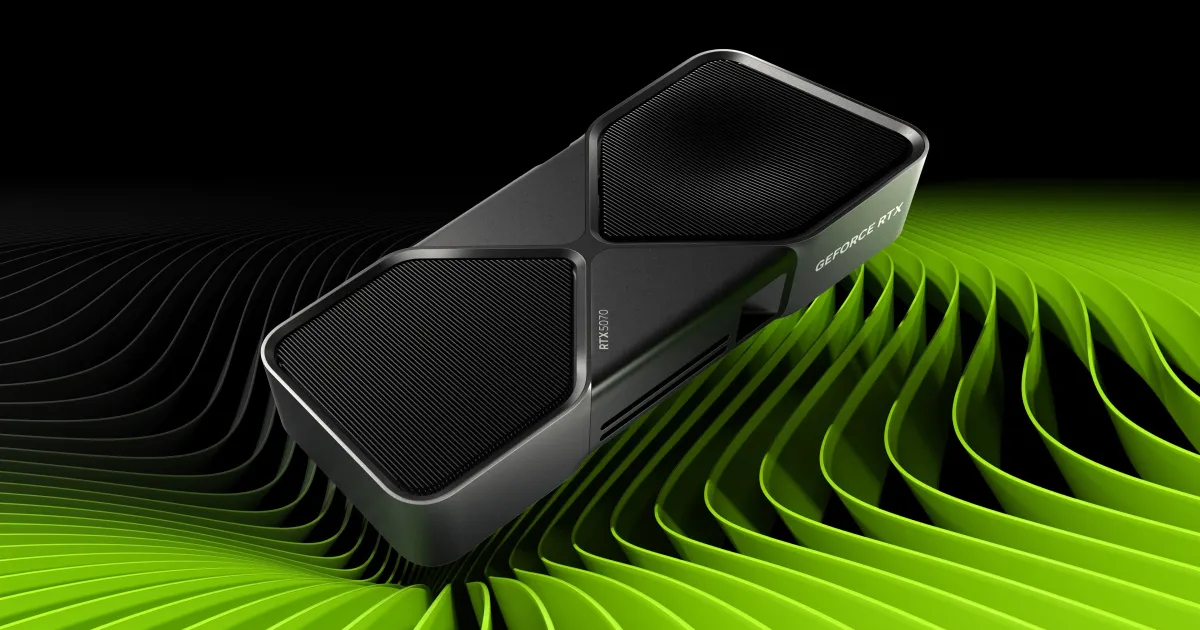

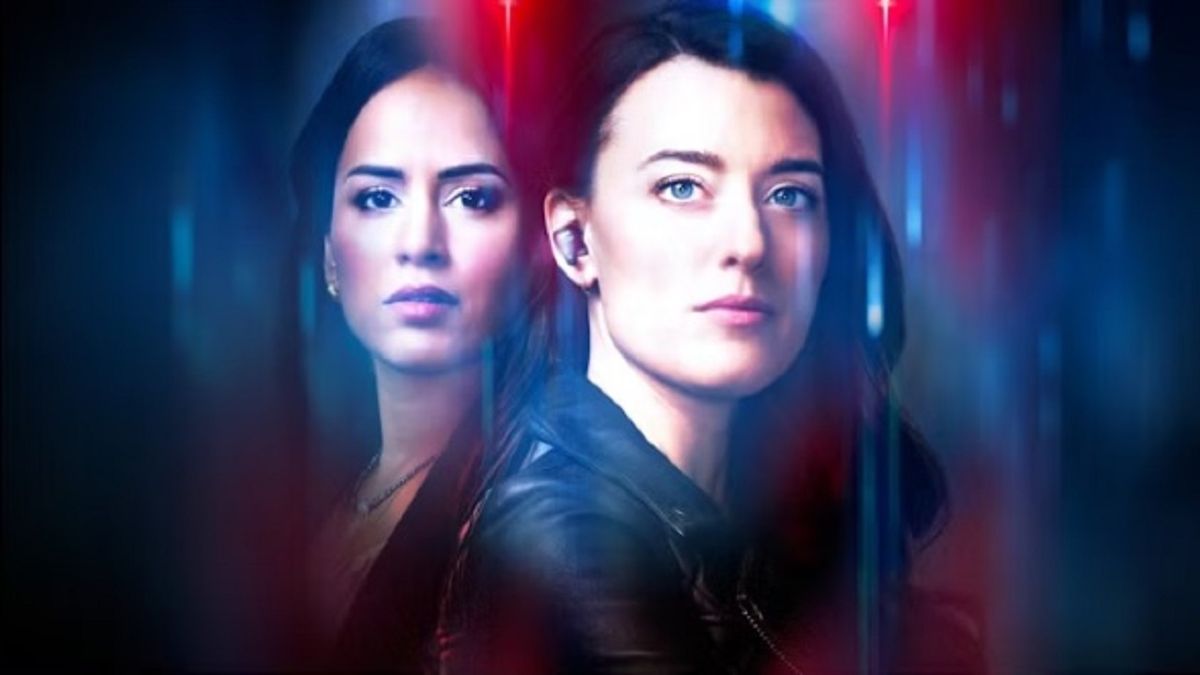



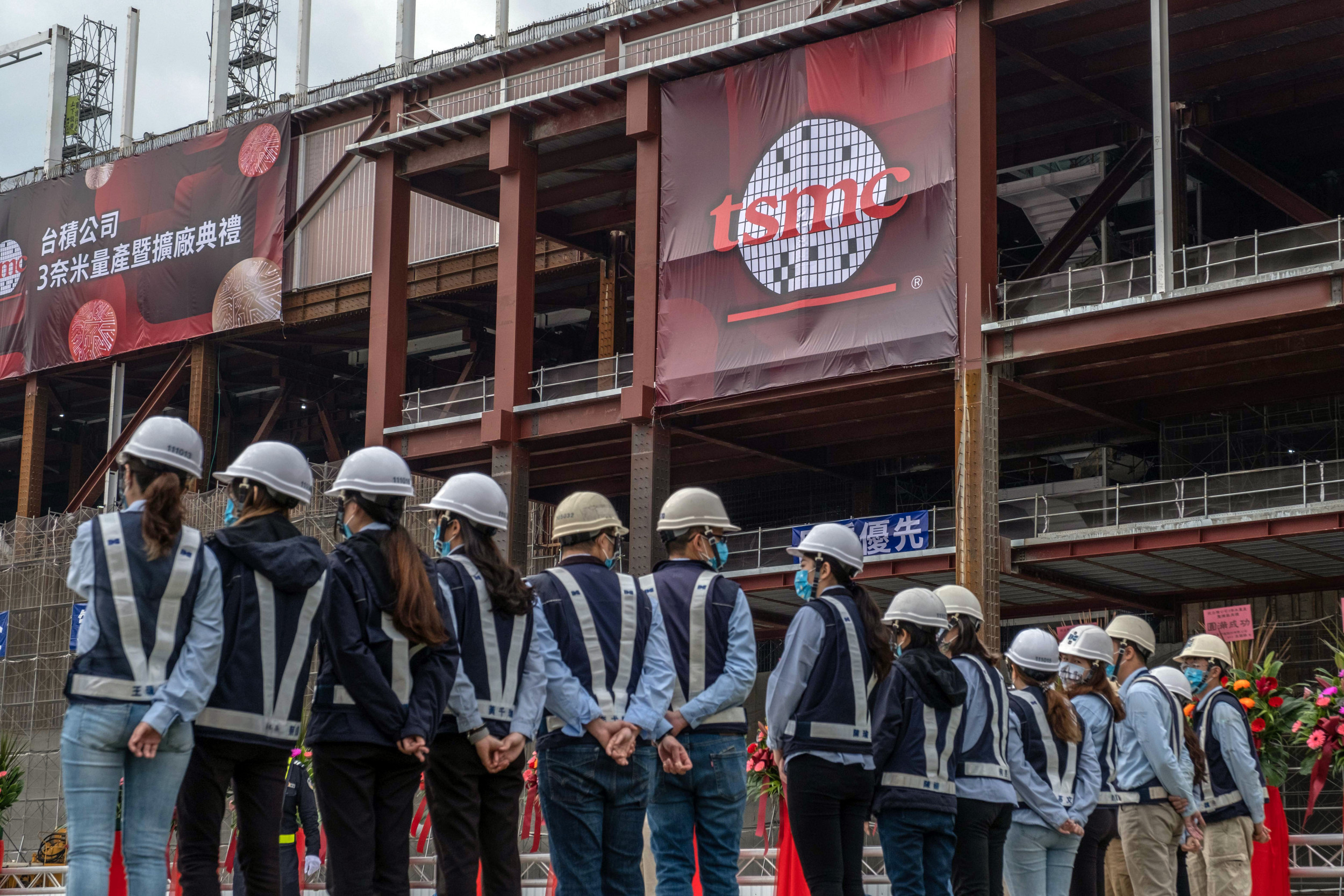
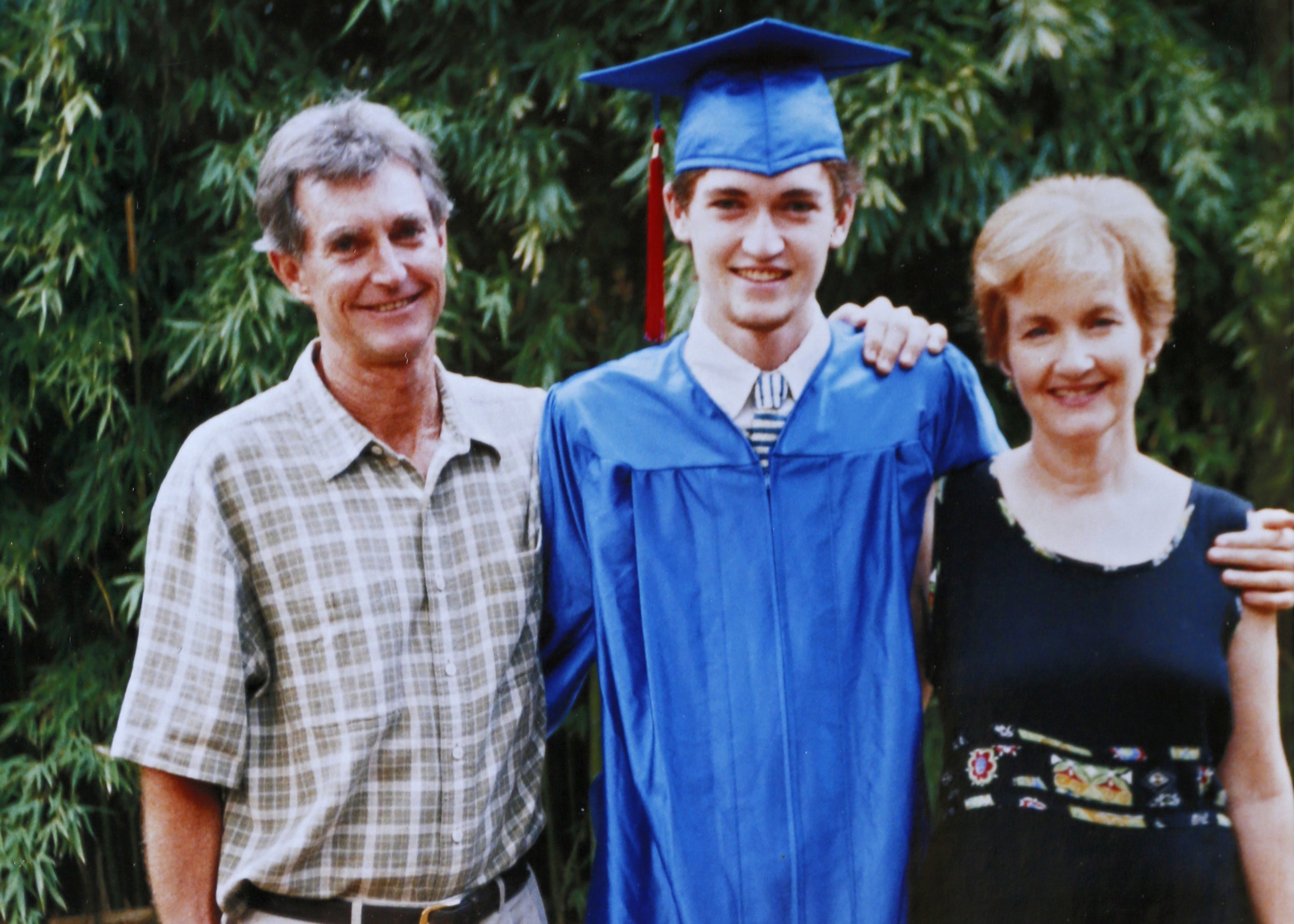

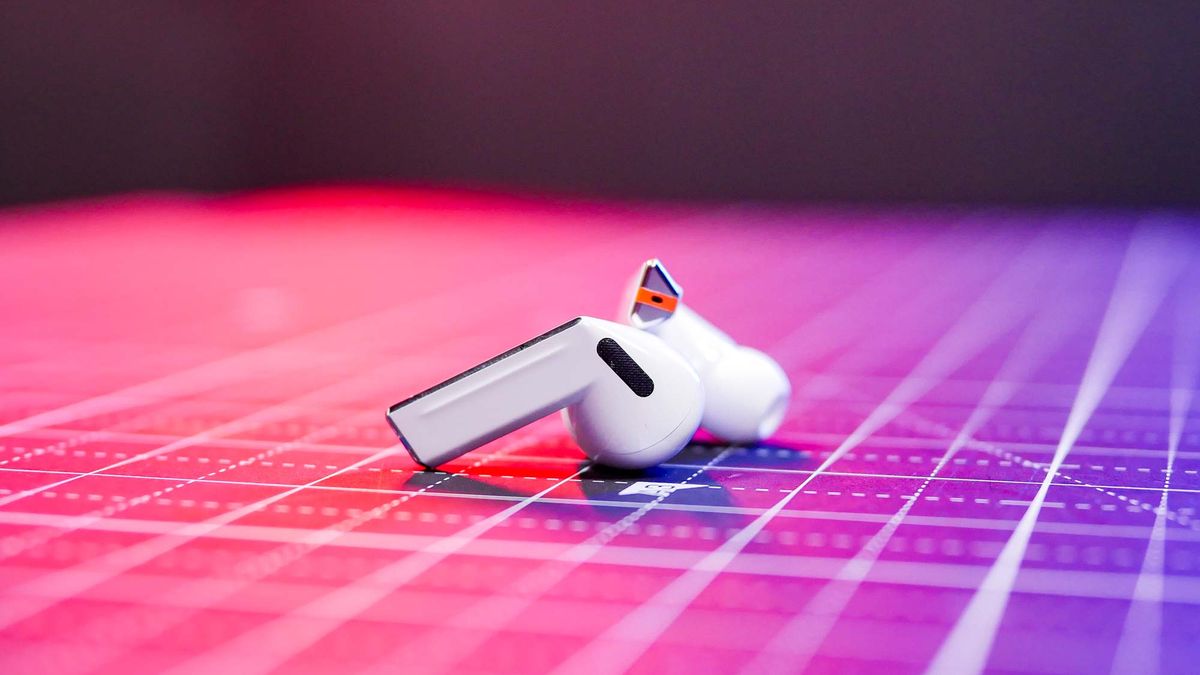
 English (US) ·
English (US) ·